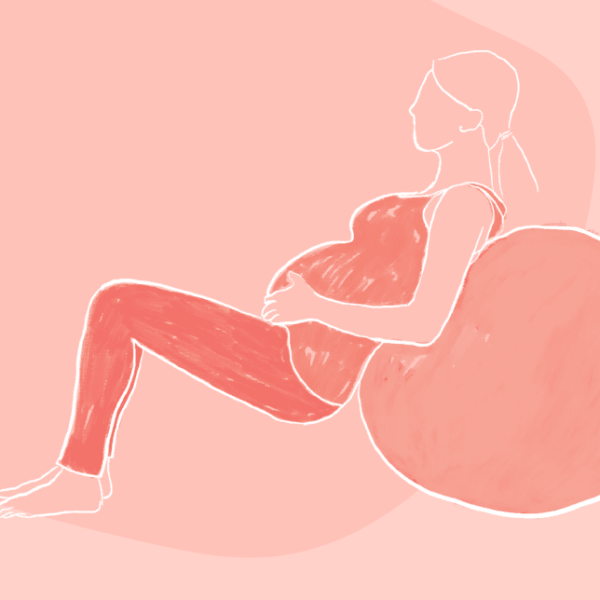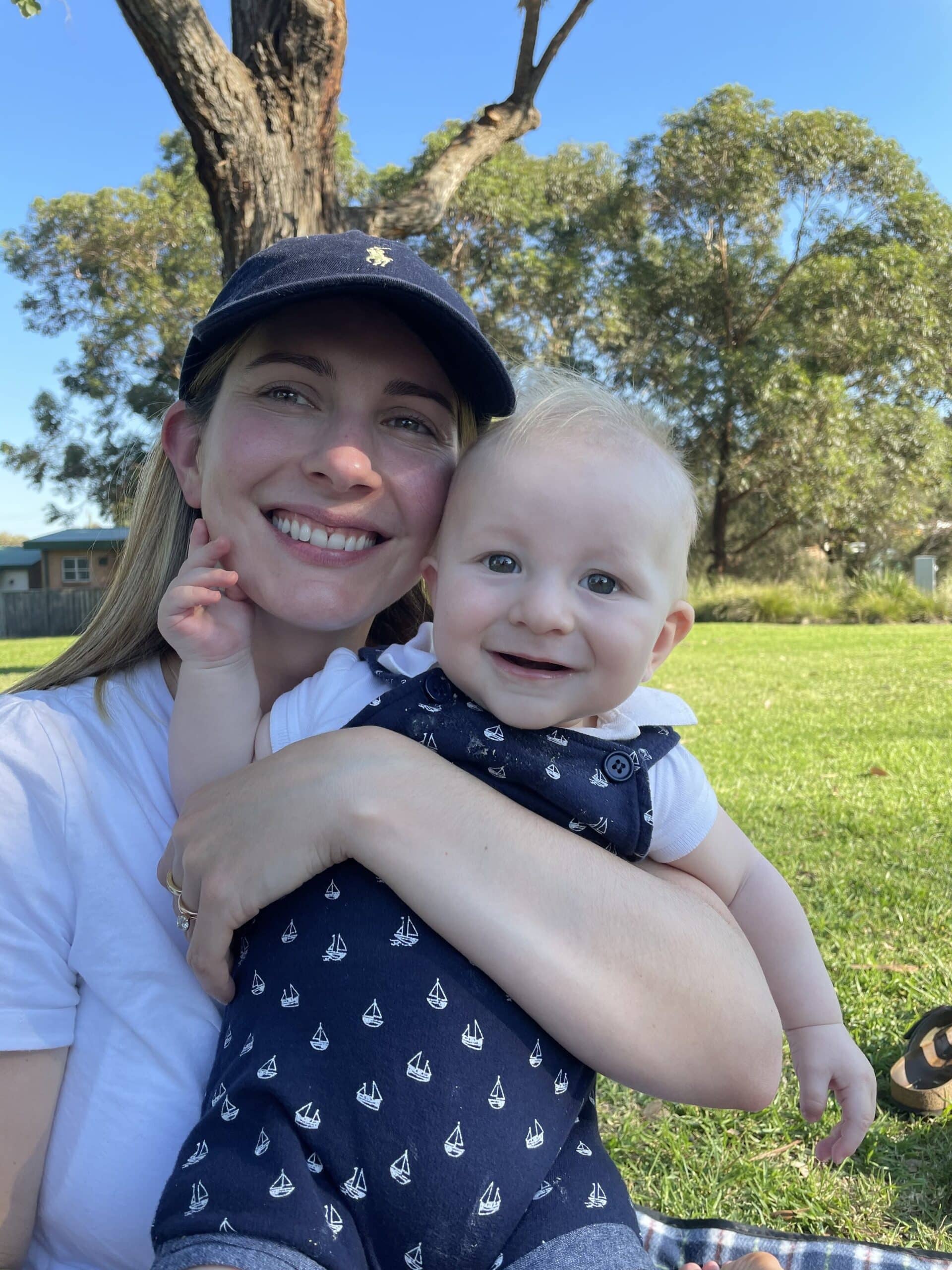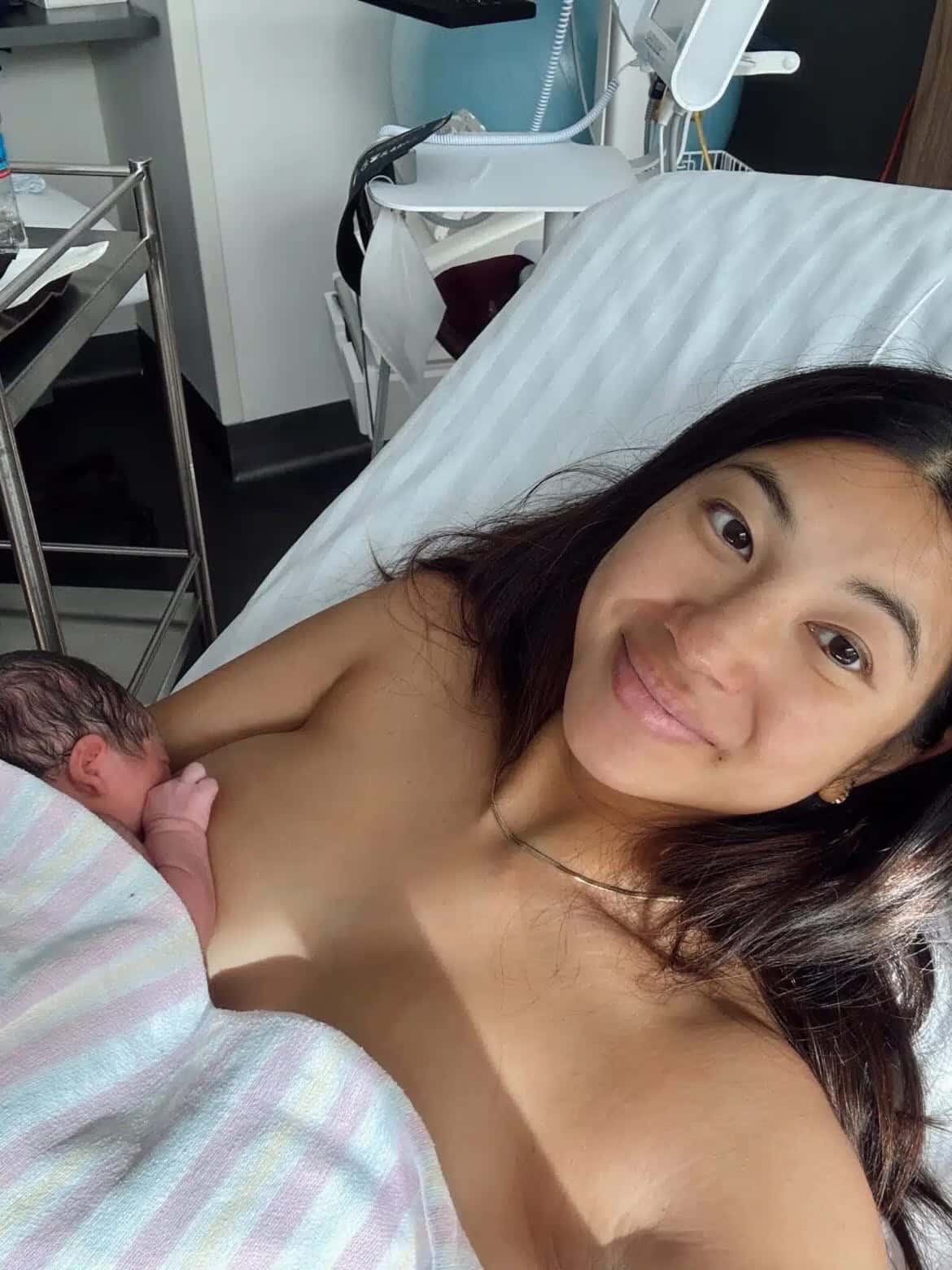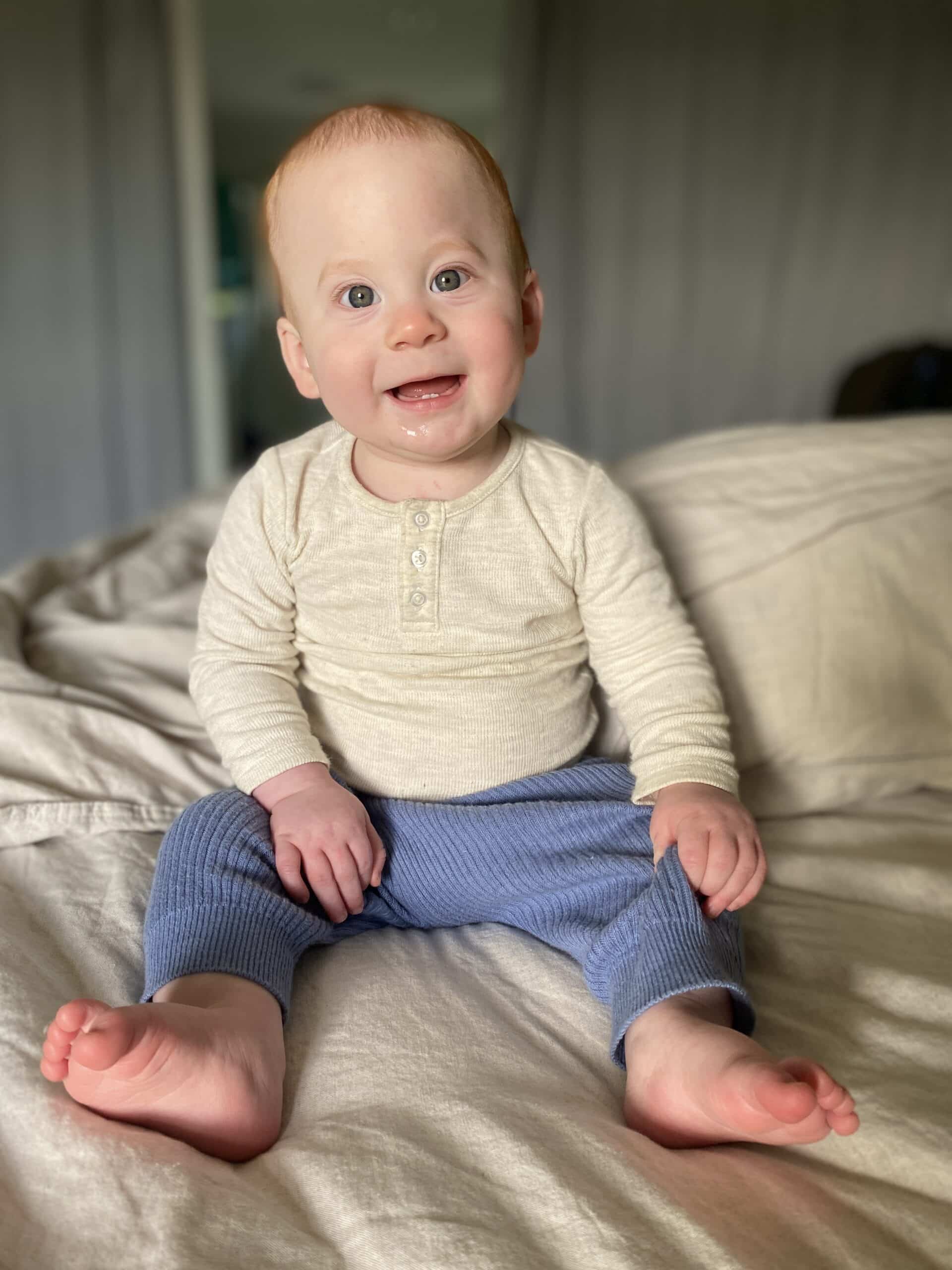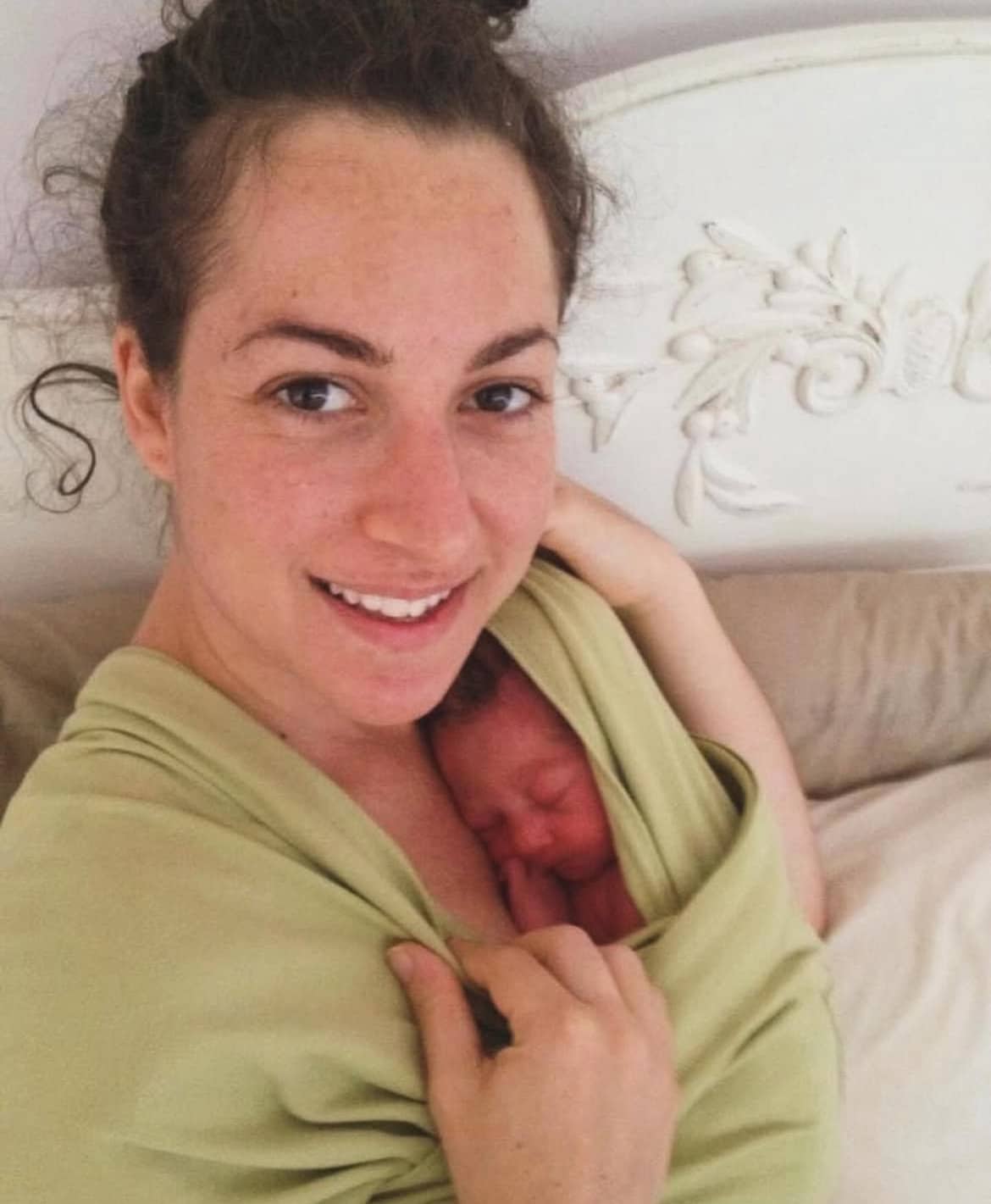Podcasts Anthea – Three Births, Bed Rest, and Finding Strength in Unexpected Challenges
EPISODE 549
Anthea – Three Births, Bed Rest, and Finding Strength in Unexpected Challenges
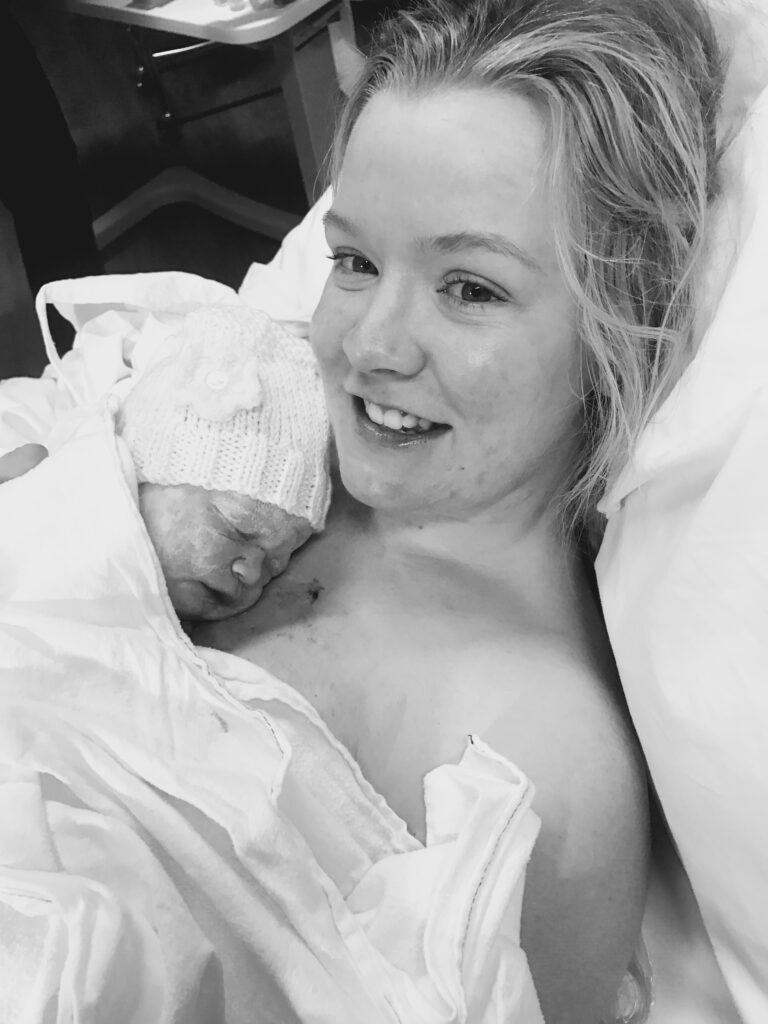
From Loss to Hope: The Journey to Motherhood
Anthea’s path to motherhood began with heartbreak. “Jason and I decided we were ready to start trying for a baby, obviously not knowing how long that would take and fell pregnant first go,” she recalls. However, this initial joy was short-lived when she experienced what was classified as a pregnancy of unknown location – similar to an ectopic pregnancy but without a clear location.
“I never really got that excitement of, hooray, I’m pregnant. And we went sort of straight to the GP who referred us through to the hospital,” Anthea explains. The experience involved weeks of uncertainty, blood draws every other day, and ultimately treatment with methotrexate, which meant they couldn’t try to conceive again for three months.
After this setback, it took nine months to conceive Harriet. “I think that pause was hard because we were like, okay, we’re ready. And then there was nothing we could do about it for that three months,” Anthea reflects on this challenging period.
Harriet’s Birth: An Induction Story
When Anthea finally became pregnant with Harriet, the pregnancy progressed normally until around 35 weeks when signs of placenta calcification appeared. At 38 weeks, her fluid levels dropped significantly, leading to the decision to induce.
“I had the gel overnight, and a sleeping tablet and went to sleep and didn’t really notice anything. And then first thing the next morning, I was dilated enough to break my waters, and then hooked up to the Syntocinon,” she describes the induction process.
The labor proved challenging when Harriet showed signs of distress. “Halfway through, I think I was only about four centimeters and her heart rate started dropping and she was in clear distress. And, you know, there was talks of whether we would have to do a cesarean.” An epidural helped everyone calm down, and Harriet was born with the assistance of a ventouse after flipping posterior during labor.
Florence’s Birth: A Different Experience
For her second pregnancy, Anthea chose to continue with the same obstetrician, though he had changed hospitals. This time, she experienced spontaneous labor at exactly 37 weeks.
“I’d woken up in early hours of the morning, so 37 weeks on the dot, it was about 1.30 in the morning. I just felt off, like I wasn’t having contractions, I just didn’t feel right,” she remembers. Despite initially not being convinced she was in labor, things progressed quickly once confirmed.
“I ended up having the epidural a second time as well. I sort of labored for quite a while. As I said, it got intense really quickly and I was like, okay, this is a lot,” Anthea explains. However, the timing worked out perfectly: “I literally was like, I am not pushing until this epidural works. And so it did eventually, it took a little while, actually. It eventually kicked in and I had like three pushes, I think, and she was out.”
Oliver’s Pregnancy: The Ultimate Test
Anthea’s third pregnancy presented unprecedented challenges. At just 12 weeks, after celebrating their gender reveal, she experienced a significant bleed. “I had a really big bleed. That it was very scary, like it was a large bleed,” she recalls.
This led to a diagnosis of subchorionic hematoma – a blood clot in the uterine wall. “I stayed in hospital for a whole week on very strict bed rest, like to the toilet only, and that was it, whilst they monitored that.”
The real challenge began when she was sent home on strict bed rest with a three-year-old and 14-month-old, during COVID restrictions when no visitors were allowed. “I couldn’t even lift her in and out of her cot for a nap. Like I couldn’t put her in the high chair. I wasn’t allowed to prep a meal. Like, I literally couldn’t do anything for them.”
Navigating Bed Rest During COVID
When asked how she managed this impossible situation, Anthea reflects: “I think when you’re faced with a scenario like that, you just do like, you don’t really have any other choice, but to make it work.”
Her support system became crucial: “I was able to have my mother and my mother-in-law were both able to come a day a week. We had letters from doctors and stuff to say that they were in our house as carers, you know, if there was any issues with COVID restrictions.”
The experience lasted from 12 weeks well into the third trimester. “Every fortnightly appointment thinking is today going to be the day where he says it’s gone miraculously, it’s gone and you can go back to your normal life. That was really what I was waiting for.”
Oliver’s Early Arrival
At 34 weeks and 6 days, Anthea passed a large blood clot and went to the hospital for monitoring. Despite initially planning to just check things out, she found herself in established labor.
“They checked me and they were like, oh, you’re five centimeters dilated. There’s no stopping this baby coming now,” she remembers. The medical team’s messaging quickly shifted from “it’s too early” to “he’ll be fine.”
Oliver was born weighing 2.7 kilos and, remarkably, needed no breathing support. “He was born and he cried and he thankfully was able to come straight up on my chest. They didn’t whisk him away at all.”
NICU Experience and Beyond
Oliver spent a week in special care, during which Anthea advocated strongly for breastfeeding. “I think third time’s mum brain was a very strong advocate for what I wanted in terms of feeding. And I think if it was first time round, I wouldn’t have been in that same frame of mind.”
The experience of leaving the hospital without her baby was emotionally challenging: “Being in that maternity ward without a baby felt very strange.”
However, Oliver’s health journey continued with additional challenges, including a double inguinal hernia requiring surgery at 10 weeks old, and later a rare blood disorder called TEC that required a blood transfusion.
These experiences have shaped Anthea’s perspective on family planning. “Door is closed,” she says definitively about having a fourth child. “I think the pregnancy in itself… I could not imagine an experience like that with my life as busy as it is now.”
She reflects on how the complications changed her outlook: “Experiencing a complication like that, it really sort of changes your frame of mind… I’m just happy and thankful for the three healthy children I’ve got.”
Anthea’s story is particularly valuable for those facing similar challenges. “I’d said to you the hematoma story, everything that I’d read… I could never find any research that had somebody that had a hematoma for the entire pregnancy and it was fine. So I’m hoping that having my story out there will help someone else going through it that is looking for that hopeful story.”
Her journey beautifully demonstrates that while we can’t control what happens during pregnancy and birth, we can find strength we never knew we had, lean on our support systems, and trust in our ability to navigate whatever challenges arise.
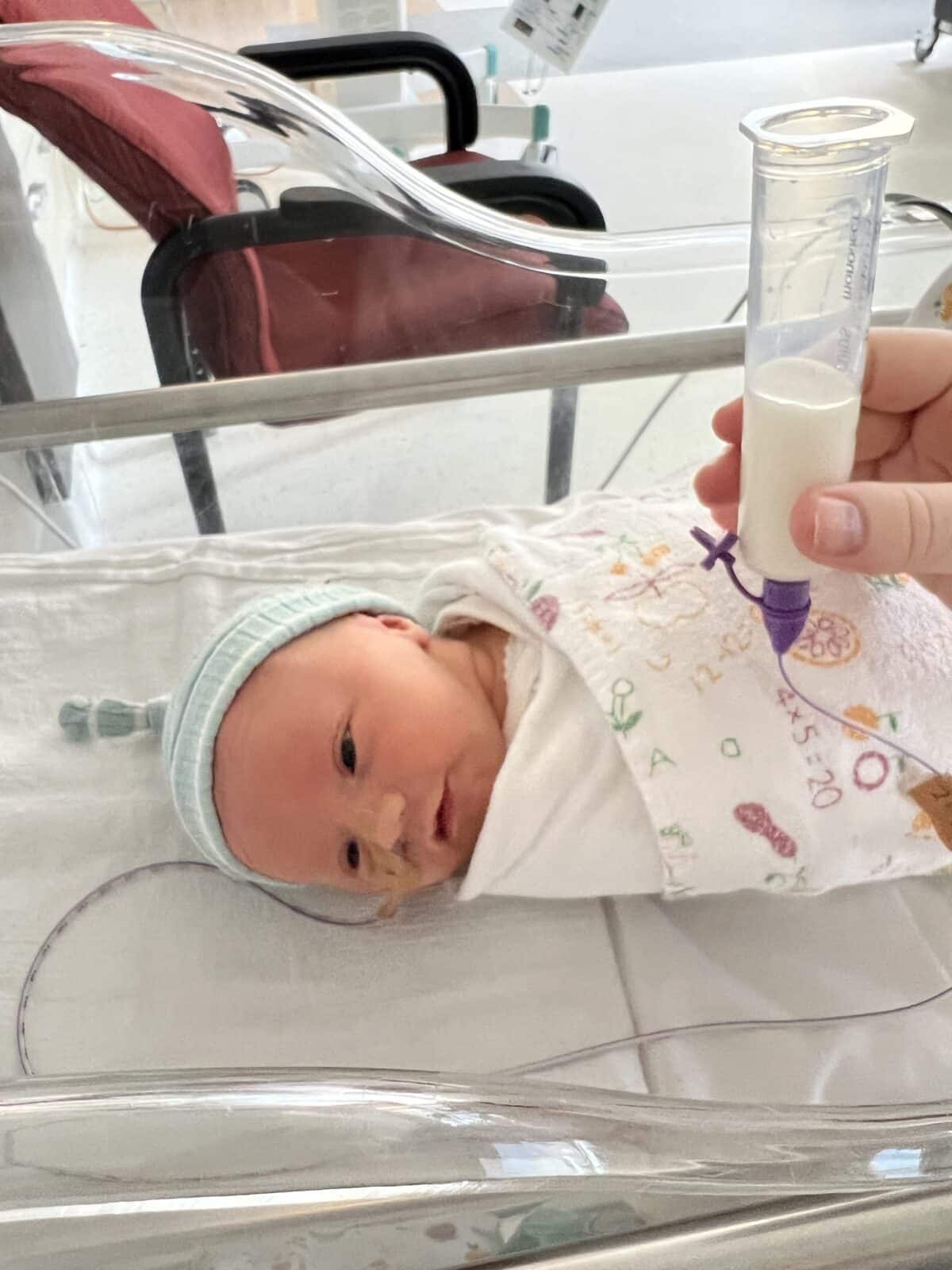

Topics Discussed
Bed rest, COVID lockdowns, Subchorionic hematoma, Three births
Categories
Related Products
-
The Birth Class
108 reviews$249.00The empowering online childbirth education program that will help you confidently prepare for birth.
Join the conversation
Sign up to get the latest updates, freebies, podcast releases straight into your inbox
@AustralianBirthStories
Follow along with us
@AustralianBirthStories
Follow along with us
@AustralianBirthStories
Follow along with us
@AustralianBirthStories
Follow along with us
@AustralianBirthStories
Follow along with us
@AustralianBirthStories
Follow along with us
@AustralianBirthStories
Follow along with us
@AustralianBirthStories
Follow along with us
@AustralianBirthStories
Follow along with us
@AustralianBirthStories
Follow along with us
@AustralianBirthStories
Follow along with us
@AustralianBirthStories
Follow along with us
